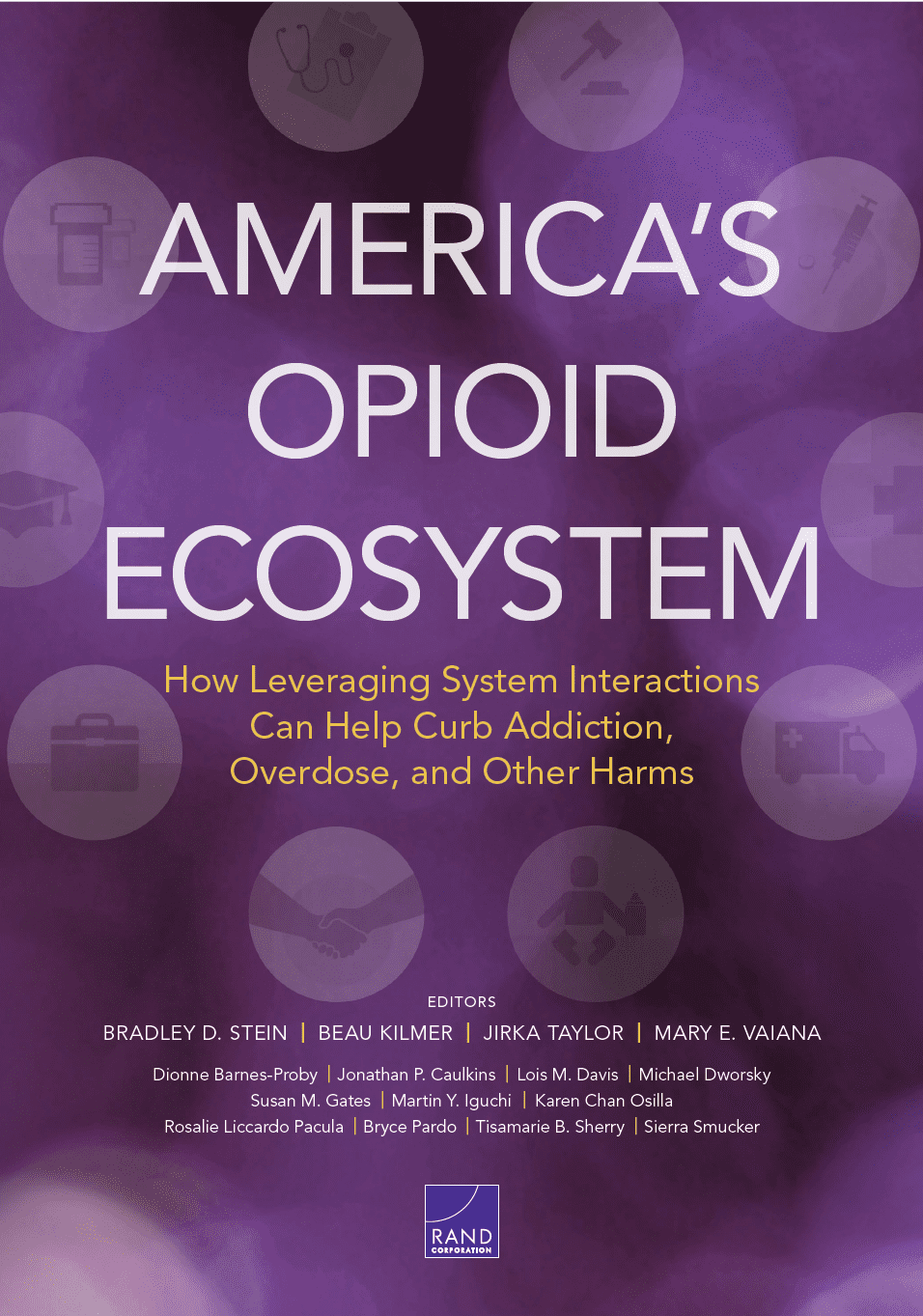America’s Opioid Ecosystem
Opioids play an outsized role in America’s drug problems, but they also play a critically important role in medicine. Thus, they deserve special attention. Illegally manufactured opioids (such as fentanyl) are involved in a majority of U.S. drug overdoses, but the problems are broader and deeper than drug fatalities. Depending on the drugs involved, there can be myriad physical and mental health consequences associated with having a substance use disorder. And it is not just those using drugs who suffer. Substance use and related behaviors can significantly affect individuals’ families, friends, employers, and wider communities.
Efforts to address problems related to opioids are insufficient and sometimes contradictory. In this 600-page report, researchers provide a nuanced assessment of America’s opioid ecosystem, highlighting how leveraging system interactions can reduce addiction, overdose, suffering, and other harms. At the core of the opioid ecosystem are the individuals who use opioids and their families. Researchers also include chapters on ten major components of the opioid ecosystem: substance use disorder treatment, harm reduction, medical care, the criminal legal system, illegal supply and supply control, first responders, the child welfare system, income support and homeless services, employment, and education.
The primary audience for this book is policymakers, but it should also be useful for foundations looking for opportunities to create change that have often been overlooked. This report can help researchers better consider the full consequences of policy changes and help members of the media identify the dynamics of interactions that deserve more attention.
View Publication: America’s Opioid Ecosystem – How Leveraging System Interactions Can Help Curb Addiction, Overdose, and Other Harms
